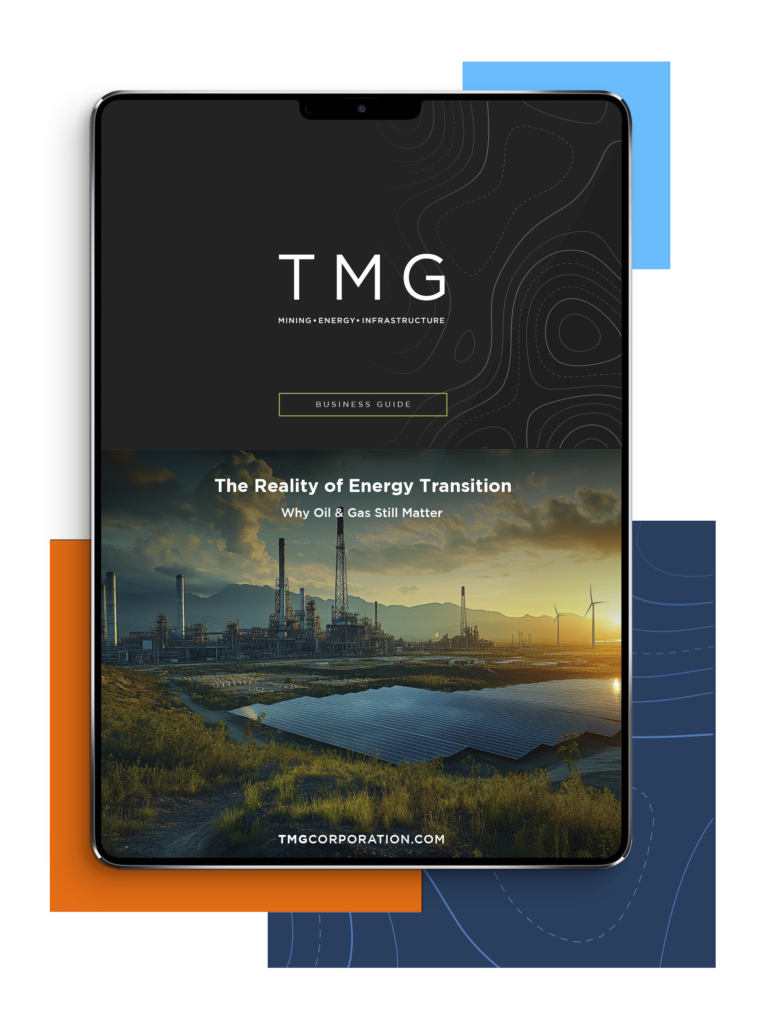Call Us Today: +1 866 205 2414
The mining industry stands at the intersection of global economic growth, energy transition, and geopolitical competition. As the demand for critical minerals and base metals intensifies, mining-rich nations—particularly those in North America and parts of Europe—face a defining moment. The choice is clear: accelerate investment in exploration, infrastructure, and production or risk ceding ground to more aggressive players like China, Australia, and Brazil. The stakes are high for individual companies and entire economies that rely on secure access to essential raw materials.
The surge in demand for minerals such as lithium, cobalt, nickel, rare earth elements, copper, and uranium is driven by the rapid growth of clean energy technologies, electric vehicles, and high-performance electronics. These materials are essential to manufacturing batteries, wind turbines, solar panels, power grids, and semiconductors—the building blocks of a low-carbon future.
China currently dominates the processing and supply chains for many of these materials. Australia, Brazil, and parts of Africa are also aggressively expanding their mining operations and forging international trade agreements to solidify their positions. In contrast, despite having vast untapped reserves, several mining-rich Western nations are grappling with regulatory inertia, permitting delays, and investment uncertainty.
Without decisive action, these regions risk falling behind in the race to supply the minerals that will define 21st-century industrial and technological leadership.
The opportunity for mining-rich nations is enormous. Many already possess the geological endowment needed to become global leaders in critical minerals. Canada’s nickel, potash, uranium reserves, the U.S.’s copper and lithium potential, and Europe’s growing rare earth exploration projects all point to a resource-rich future. However, policy support and infrastructure investment are often needed to unlock that potential.
These challenges are solvable but require strategic intent and cross-sector collaboration between governments, private companies, Indigenous communities, and investors.
Strategic investment is the key to turning resource potential into actual economic output. This includes:
These investments pay long-term dividends. Expanding mining operations drives GDP growth, attracts foreign capital, generates public revenue, and supports a vast network of secondary industries—from construction and equipment manufacturing to logistics and energy.
Countries prioritizing mining investment today are fueling short-term recovery and laying the groundwork for long-term prosperity.
The global mining narrative is no longer just about extraction—it’s about economic security. Countries dependent on imports for critical minerals face risks to their supply chains, especially during geopolitical tension. By investing in domestic mining capabilities, nations can reduce reliance on unstable markets and increase resilience against future disruptions.
Uranium is a prime example. As nuclear energy becomes a clean baseload power source, countries with secure uranium production will gain a strategic advantage. The same is true for copper, a cornerstone of grid electrification, and lithium, the linchpin of battery manufacturing.
Resource-rich nations have a once-in-a-generation opportunity to secure their place as global suppliers in the new energy economy—provided they act urgently.
Investors and mining companies frequently cite regulatory uncertainty as a concern. Shifting environmental standards, prolonged approval processes and inconsistent regional frameworks create risk and deter investment.
Mining-friendly nations must work to balance strong environmental protections with efficient and transparent permitting. Establishing clear guidelines, streamlining multi-agency approvals, and ensuring consistent enforcement help build trust with communities and capital markets.
A competitive regulatory environment doesn’t mean lowering standards—it means applying them efficiently and predictably so that resource development can proceed responsibly without years of delay.
Mining is not a domestic issue—it’s a global race. Countries acting decisively will benefit from stronger trade partnerships, excellent foreign investment, and leadership in developing clean energy supply chains.
To compete, mining-rich regions must:
It’s not enough to have the resources. The global market rewards those who can bring them to production safely, sustainably, and at scale.
As the world accelerates its transition to net zero, the perception of mining must evolve. This means ensuring that expanded resource development is aligned with climate goals and community values. Innovative practices in electrification, emissions reduction, and land rehabilitation must be standard—not exceptional.
Mining-rich nations that lead in responsible extraction will be economically competitive and socially and environmentally aligned with the global industry’s future. Sustainability is no longer a constraint—it is a strategic advantage.
At TMG, we help mining companies, governments, and stakeholders develop strategies that unlock resource potential and position regions as global leaders. Our team offers expertise in infrastructure planning, regulatory navigation, and project execution—ensuring that your mining projects are competitive, sustainable, and investment-ready.
Whether you’re preparing a major exploration campaign, scaling a new mine, or navigating regulatory reform, TMG provides the guidance and solutions needed to move confidently into the future. Contact us today to discuss how we can support your mining expansion strategy.


President
Kenny MacEwen is President of TMG and a senior execution leader with over two decades of experience delivering complex projects across the mining, energy, and infrastructure sectors. With a foundation in mechanical engineering and a track record spanning both Owner and consulting roles, Kenny has led multidisciplinary teams through all phases of the project lifecycle—from early studies and permitting support through detailed engineering, construction, and commissioning. His experience includes overseeing large-scale programs at New Gold and Centerra Gold Inc., where he aligned technical, commercial, and operational objectives across high-value global portfolios.
At TMG, Kenny leads the integration of project delivery frameworks that support Owner-side governance, stakeholder engagement, and cross-functional execution. He is deeply involved in developing workface planning models, ensuring interface risks are actively managed, and advancing readiness strategies that position assets for seamless transition to operations. His leadership extends across EPC coordination, budget stewardship, and the application of risk-adjusted scheduling tools to maintain project momentum. Kenny is recognized for fostering team cohesion in high-pressure environments while ensuring technical rigor and delivery accountability remain front and center.